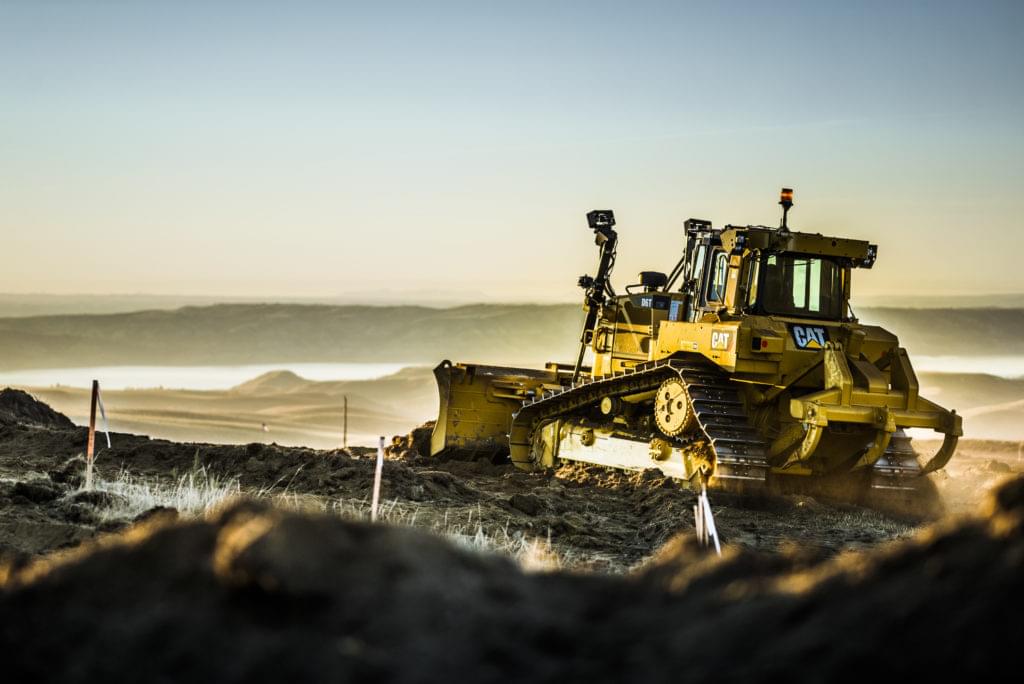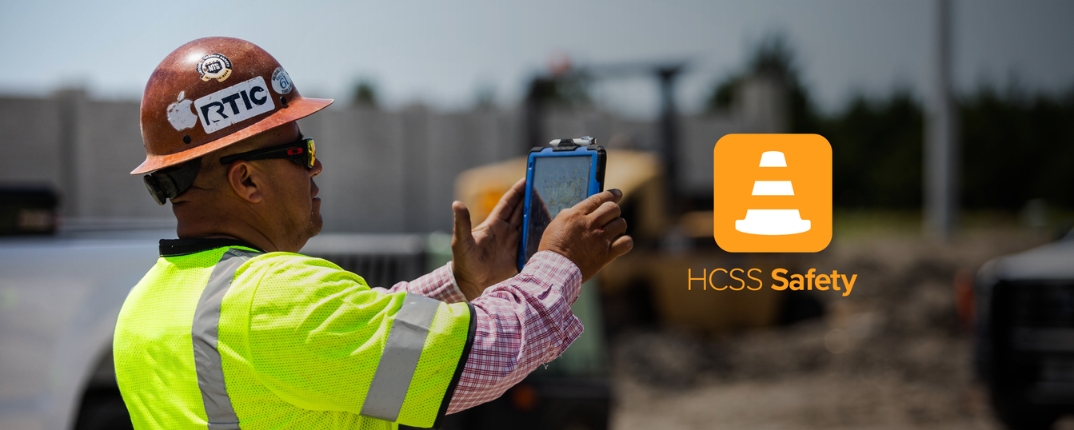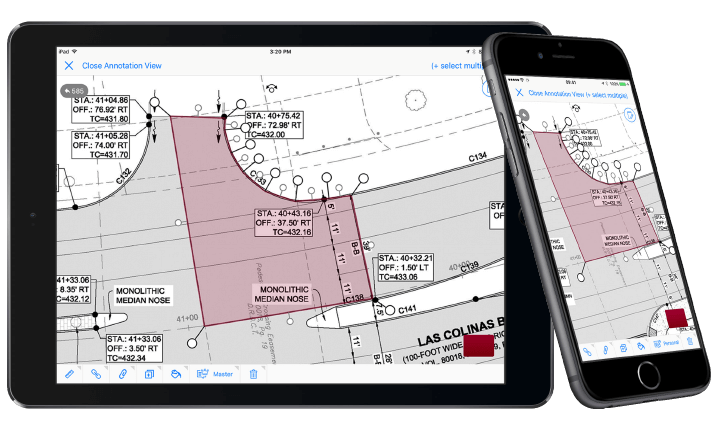
Loenbro, an industrial construction and energy services company based in Montana, introduced HCSS Telematics into its HCSS suite of products, which includes HeavyJob and Equipment360. This technology helps track equipment utilization, manage preventive maintenance, and accurately charge costs to each job.
The contractor has several divisions that share equipment. When possible, the divisions rent equipment from each other instead of using a rental company to fulfill resource needs.
While this is efficient and saves the company money on rental fees, Loenbro wasn’t actually getting an accurate idea of how many hours the equipment was being used.
Joey Micheletti, Equipment Systems Engineer at Loenbro, said the telematics software and GPS hardware easily help the company manage equipment across multiple states.
“We’re able to provide the field engineers and project managers with the resources they need to monitor where their equipment is and where everyone else’s equipment is, and to really fully utilize our equipment,” he said. “If one of our field engineers or project managers is done utilizing the majority of their sidebooms and another field engineer says, ‘I could really use another one or two sidebooms,’ he has the resources to see, ‘It doesn’t look like this one is being used too much over on Frank’s job; let me call Frank.”
Because Loenbro’s jobs are spread out across the country, tracking and providing on-time equipment maintenance was difficult for the shop. However, HCSS Telematics has also helped create a preventative maintenance program.
“During the boom out in the Bakken (Formation), we would send a piece of equipment out to a job, and the mechanic never saw it for a year,” Micheletti said. “By that time, it was far beyond its needed service. Now the GPS data feeds into Equipment360, and any of the shop managers are aware of the machine’s upcoming service and can dispatch a mechanic accordingly and cut down on maintenance costs through preventative maintenance.”
Micheletti said Loenbro added HCSS Telematics as the company continued to grow and really wanted to learn where its equipment was and where it was going.
The software also helps them manage utilization and track job costs. Project managers input employee and resource hours into HeavyJob time cards, pulling the hours in from HCSS Telematics. Those hours then go to Loenbro’s accounting system, where the accounting department pays out employees but also charges equipment to the correct job.
“It gives our field engineers and project managers instantaneous costs to the job because we have calculated hourly rates of what the equipment costs, and they’re able to get real-time job costing data to monitor how much it’s costing them,” Micheletti said.
Before HCSS Telematics, project managers received a lump sum cost for equipment that they would have to split up for each job on their own.
“It wasn’t as accurate as they’re able to provide the companies now, and it was not as instantaneous,” he said. “Now if a project manager wants to know how much his job cost him last week, between equipment and payroll and all that, it’s now there.”
Loenbro has HCSS Telematics active on 95 percent of all equipment and on-road vehicles at all times. The other five percent is equipment that has been idle for more than two weeks and is no longer on Micheletti’s audit.
Micheletti runs a report each week that compares what project managers enter in HeavyJob with what the GPS units have reported to true up discrepancies.
“I may credit them back if they overstated hours, or I may charge them more,” he said. “It’s more automated.”
Loenbro also uses HCSS Telematics geofence feature to set up markers around job sites to know when equipment is entering and leaving a site. The geofences tie into Micheletti’s weekly report and help him true up equipment time.
If a field engineer forgets to put a pickup on their time card, but Micheletti’s report from HCSS Telematics shows that it ran for 10 hours, he needs to know where to charge those hours. A geofence around his jobsites would give him the truck’s location to assign those hours.
Geofences can also work retroactively—that is, you can create a geofence around an area and determine whether a vehicle was there in the past.
“A gas station in Wyoming claimed that one of our trucks fueled up and didn’t pay for it,” Micheletti said. “I was able to put a geofence on the gas station and go back a month and a half and verify if we had a truck there or not. He was there. His card wasn’t working outside, so he went inside, and they turned on the pump for him, and he thought that his card scanned, so he took off.”
As Loenbro continued to grow, the push to know where equipment was and where it was moving grew as well. That led to an increased usage of HCSS Telematics to get the data they needed.
“I can see that we’re not using that many backhoes, so we don’t need those as much as we’re using the heck out of our dozers,” Micheletti said. “The main benefit is the valuable data, whether it is job costing and dispatching for the field or with equipment utilization and recommendations to managers. Machine cost is associated with utilization, versus spending a lot on equipment we’re not using. We really started understanding the value of the data.”




